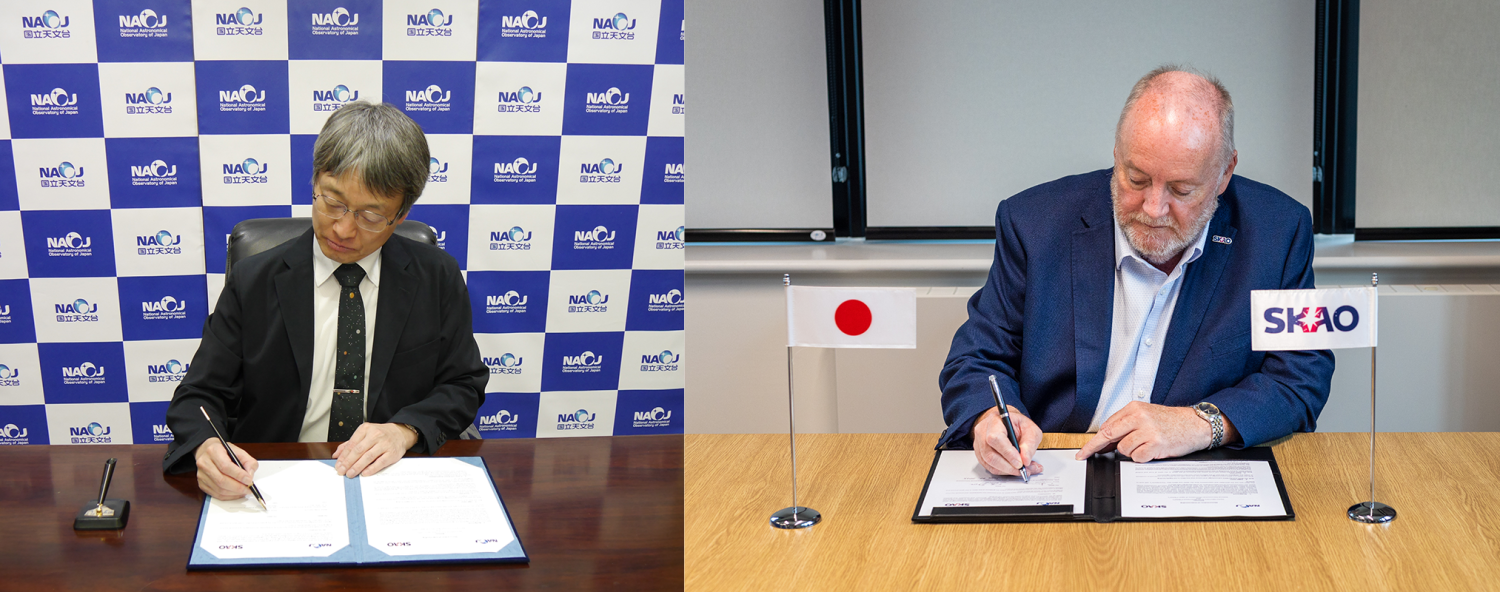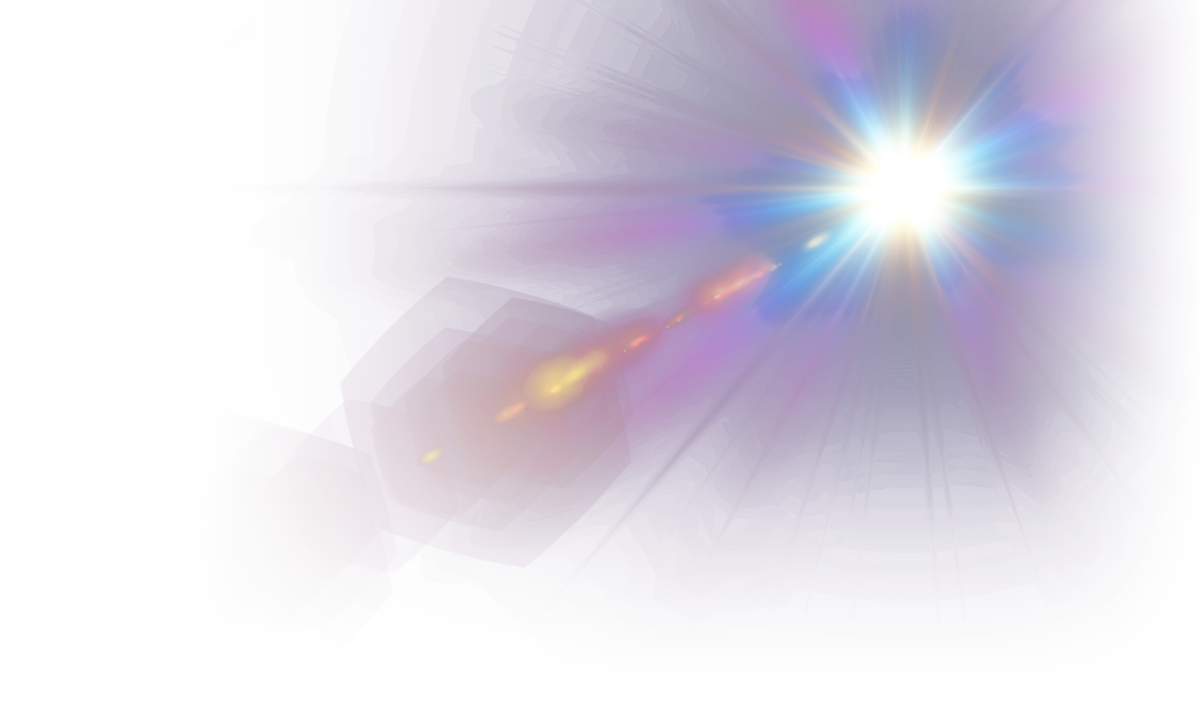SKAO and Japan strengthen ties

The agreement outlines the intent of the NAOJ to create at least three full-time equivalent positions to support both SKA-Low and SKA-Mid system AIV activities.
With construction of the telescopes well underway, completed SKA-Low antenna stations and SKA-Mid dishes are being handed over to the AIV teams to verify that the systems meet the specified requirements and design before they made available to the science commissioning teams.
“Japanese researchers have built and operated many astronomical telescopes. We are very pleased to be able to apply our skills to this project to build the world's largest radio telescope arrays,” said Dr Takuya Akahori, Lead of the SKA1 Promotion Group of NAOJ.
Japanese researchers have been contributing to AIV planning activities since 2022, and will now be part of the AIV teams in Australia and South Africa as well as offering remote support from Japan. The country is looking for possibilities to increase the level of contribution even further in the future.
“AIV is a critical phase for the delivery of our telescopes. The contribution from our Japanese colleagues is therefore extremely welcome and enables the SKAO to benefit from the vast expertise Japan has in radio astronomy projects,” said SKAO Head of International Relations Thijs Geurts.
“Through this work, the relationship between Japan and SKAO is further strengthened and keeps on track to Japan hopefully becoming a member of the Observatory in the next few years.”




